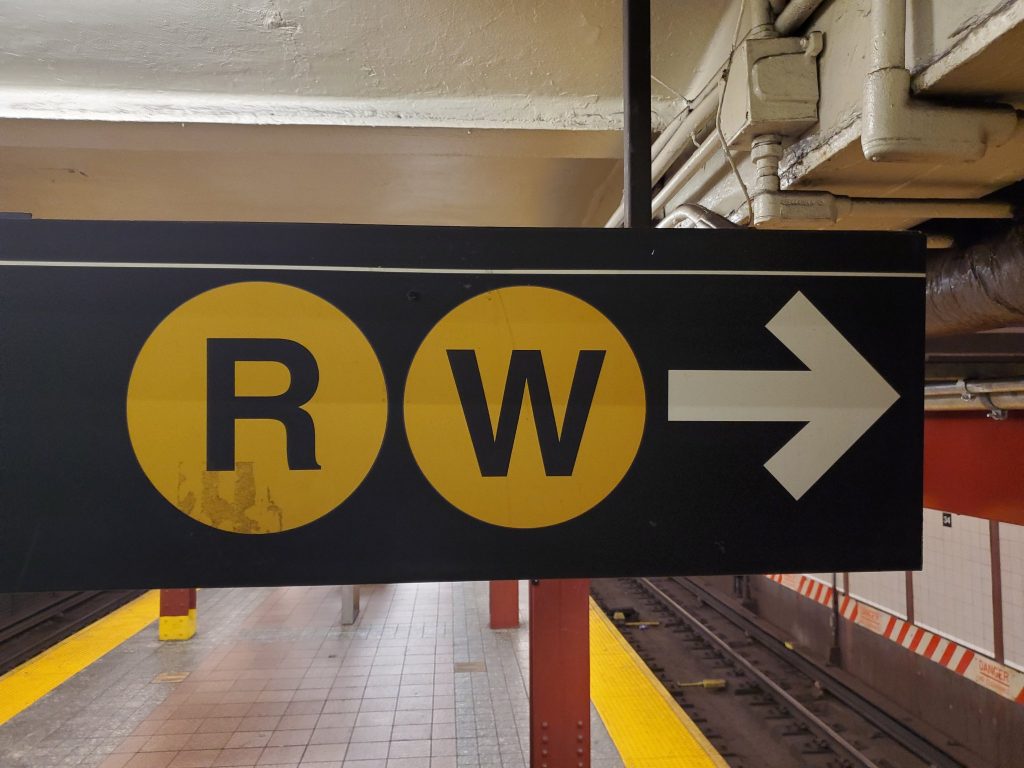
Dear RW readers, can you spare $25?
The week at Retraction Watch featured:
- Five studies from ‘Bust Size and Hitchhiking’ author retracted
- ICYMI: Dean under investigation for plagiarism following Retraction Watch story: report
- Was nonsense ‘vegetative electron microscopy’ phrase a Farsi typo?
- Seven years after ‘noncompliance’ finding, whistleblowers push for retractions
- His manuscript was rejected. Then he saw it published by other authors
- Don’t tread on me: Snake paper retracted for ‘soft-stepping’ technique
Our list of retracted or withdrawn COVID-19 papers is up past 500. There are more than 57,000 retractions in The Retraction Watch Database — which is now part of Crossref. The Retraction Watch Hijacked Journal Checker now contains more than 300 titles. And have you seen our leaderboard of authors with the most retractions lately — or our list of top 10 most highly cited retracted papers? What about The Retraction Watch Mass Resignations List — or our list of nearly 100 papers with evidence they were written by ChatGPT?
Here’s what was happening elsewhere (some of these items may be paywalled, metered access, or require free registration to read):
- “Former NIH Director Francis Collins retires suddenly, makes plea to protect agency staff.”
- “Patently fraudulent”: more on Science’s ‘patent mill’ story from an author of the preprint.
- “Damage Control in the Wake of Political Action That Threatens the Integrity of Medical Research,” from the editors of Annals of Internal Medicine.
- Our Ivan Oransky on funding for scientific research and censorship across the political spectrum.
- “‘Omg, did PubMed go dark?’ Blackout stokes fears about database’s future.”
- “One would-be Romanian president is a plagiarist. But will voters care?”
- “Bankruptcy gives no relief to professor who defamed student.”
- “The Problems with Peer Review”: A podcast with our Ivan Oransky.
- “Social Science Is Broken. Here’s How to Fix It: We need a post-publication, citation-triggered review process,” says Andrew Gelman.
- Researchers ask: “Do competitive forces tend to correct choice errors in journal selection due to imperfect attention on the part of researchers?”
- Universities are “encouraging non-traditional outputs” to improve research culture.
- “CDC Staff Prohibited From Co-Authoring Papers With World Health Organization Personnel.”
- “The Sun also revises: A scandal in Australia’s space science community.” A link to our 2023 coverage of the story.
- Study looks at “substantial research integrity challenges within stem cell research.”
- “Why is it that nobody can reproduce anybody else’s findings?”: A pharmacologist discusses his upcoming book.
- “GenAI synthetic data create ethical challenges for scientists. Here’s how to address them.”
- “Self-retraction as redemption: Forgiveness for repentant authors.”
- “China’s supreme court calls for crack down on paper mills.”
- “Self-plagiarism: A retrospective study of its prevalence and patterns across scientific disciplines.”
- “NSF brings back 84 fired workers after judge blocks White House–ordered dismissals.”
- “Former School of Medicine researcher sues Yale for alleged damaged research.”
- Do citations drop more after sexual misconduct allegations than research misconduct allegations? Coverage of a new study in Science and Nature.
- “Academic publishers warn against AI copyright plans.”
- “Open repositories cannot ignore retractions and corrections.”
- “Ph.D. student sues UMN, files human rights complaint after AI plagiarism expulsion.”
- “The NIH Is Canceling Grants for Research About Trans People.”
- “Dishonesty now poses a real threat to the credibility of scientific research.”
- “FDA scolds drugmaker over promotion that touts ‘misleading’ comparison with generics.”
- “Psychedelic drug studies face a potent source of bias: the ‘trip.’”
Like Retraction Watch? You can make a tax-deductible contribution to support our work, follow us on X or Bluesky, like us on Facebook, follow us on LinkedIn, add us to your RSS reader, or subscribe to our daily digest. If you find a retraction that’s not in our database, you can let us know here. For comments or feedback, email us at [email protected].
The “patent mills” are dealing with design patents, which protect the visual appearance of a product. The shape of Coca-cola bottles are protected by design patents. Utility patents protect how something works, and they are the only meaningful type of patent for the work of scientists or engineers. Utility patents are difficult and expensive to obtain, and can’t be generated by a “mill.” The fact that academic institutions place any value at all on design patents shows they don’t understand what they are doing.
They aren’t even design *patents*, they’re design *registrations*, which undergo almost no review. And yet Indian universities are counting them in their rankings…
In the US they are called design patents. Whatever they are called, they are very easy to get, unlike utility patents. Of course, if the inventor is bogus, the design patent is invalidated. Do the universities really not know that these are worthless, or do they do this so they can claim to have faculty that are “inventors” with “patents”?